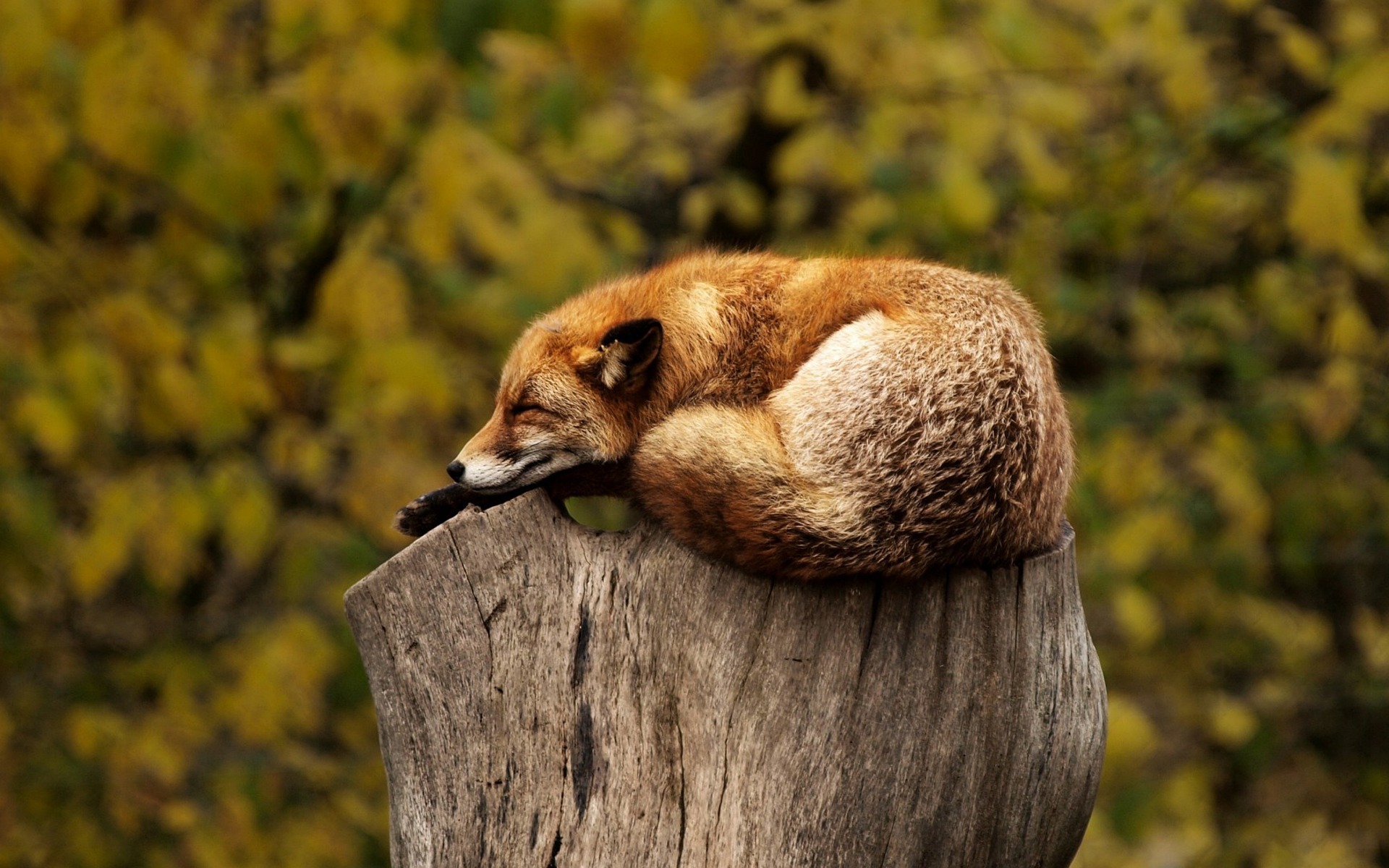Living with Urban Foxes: An Unusual Human-Animal Coexistence
Urban environments are becoming increasingly populated by a newcomer: the urban fox. Conscious or not, it's a reality many are waking up to, fostering a need to understand this unique human-fox confluence. Where do we draw the line between stray intruders and featherweight co-inhabitants?
A Tale of Icons and Intruders
Historically, foxes feature prominently in human folklore and mythology, often depicted as cunning creatures. However, the evolution of urban foxes presents a real-life mystery, far from folkloric exaggeration. Originated in the 1930s from Britain’s countryside, foxes invited themselves into urban areas, adjusting to the townsfolk’s rhythms. Today, these creatures have infiltrated several cities across continents, including London, Toronto, and Melbourne.
The Urban Fox Surge
Understanding why this veritable “fox invasion” is happening requires looking into contemporary urban lifestyles. Growing waste generation, especially food waste, attracts scavengers like foxes. Urbanization’s grinding pace replaces open spaces with gardens and parks, simulating their natural habitat. The reduced human activity during recent lockdowns has further emboldened these creatures’ exploration of city streets.
The Fox Market: Friend or Foe?
Urban foxes’ presence has sparked debates and even inspired an unexpected market. While some people are infuriated by their audacity, others are smitten by their charm. The divided public opinion has catalyzed a range of products, from effective fox deterrents to wildlife-friendly garden kits attracting urban foxes. This new niche, priced around 20 to 100 dollars, is significantly impacting local markets, especially in the U.K.
Fact-checking Urban Fox Myths
Amidst growing curiosity, misconceptions about urban foxes are commonplace. The threat to human safety, often amplified in media, has been disproved by scientific research. Fox attacks are exceptionally rare, and no rabies cases have been reported in U.K foxes. It’s essential to understand these animals in their full complexity, turning fear into education.
The Ethical Quandary
Does the intriguing urban fox scenario imply lax boundaries between the urban jungle and the sylvan wilderness? Certain conservationists affirm that maintaining a measured distance from these animals is crucial, emphasizing that they are wild at heart despite their metropolitan residence. Encouraging responsible coexistence over dismissive hostility or misplaced affection is today’s challenge to ensure urban biodiversity survives tomorrow.
In an era clamoring for biodiversity conservation, the tale of urban foxes offers a distinct lens to view humanity’s relationship with animals- in this case, an entire species adjusting to human civilization rather than the other way round. It is a conversation starter, an ongoing story not just about foxes, but about us and the cities we’ve built.





